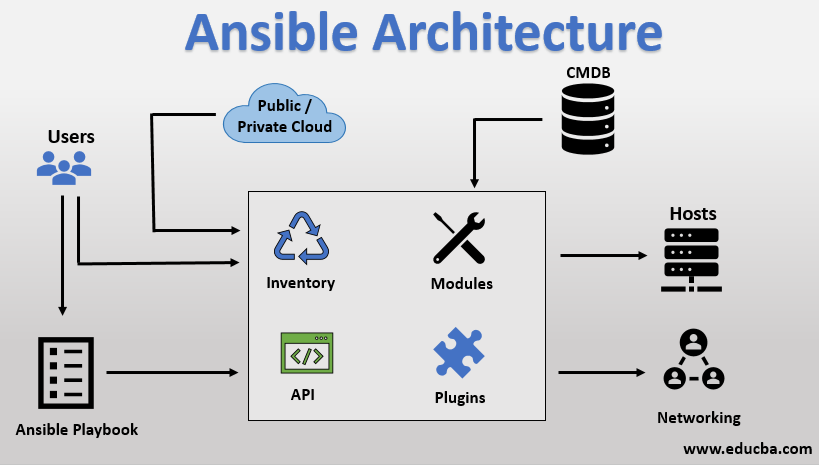2 min to read
What is Ansible?
Why is so important to use mlops approach

Ansible
Ansible is an open-source automation tool used for configuration management, application deployment, task automation, and orchestration. It simplifies IT infrastructure management by enabling users to define tasks and configurations in a human-readable, declarative language. Ansible is a popular choice in DevOps and system administration due to its ease of use and ability to automate repetitive tasks.
Key Features and Concepts
-
Agentless: Ansible is agentless, eliminating the need for additional software on target systems. It communicates via SSH or other remote protocols, making setup and management straightforward.
-
Playbooks: Playbooks, written in YAML format, describe tasks and configurations for Ansible to execute on target systems. They define the desired system state, and Ansible ensures the system matches that state.
-
Modules: Ansible employs modules to perform specific tasks on target systems. Modules are self-contained units of code capable of configuring settings, installing software, managing files, and more. Ansible provides a broad selection of built-in modules, with the option to create custom ones.
-
Inventory: Ansible inventory is a list of target systems. It can be a simple text file or a dynamic source like a cloud provider or database. Inventory files specify hosts, their properties, and groupings.
-
Ad-Hoc Commands: Users can run ad-hoc commands to perform quick, one-off tasks on remote systems without creating playbooks. These commands are ideal for actions like restarting services or checking system information.
-
Idempotence: Ansible playbooks are idempotent, meaning they can be executed multiple times without causing harm or unexpected changes to the system. Ansible checks the current system state and only makes necessary adjustments to reach the desired state.
-
Roles: Roles organize and facilitate the reuse of Ansible playbooks and tasks. They package related tasks, variables, and files into a structured directory layout, simplifying the management of complex configurations.
-
Orchestration: Ansible orchestrates multi-step tasks and workflows. Users can define task execution order and handle task dependencies, allowing for intricate automation scenarios.
Ansible is widely applied for automating infrastructure provisioning, configuration management, application deployment, and CI/CD pipelines. It is platform-agnostic and capable of managing various operating systems and cloud environments, making it a versatile tool for automating IT operations.

Comments